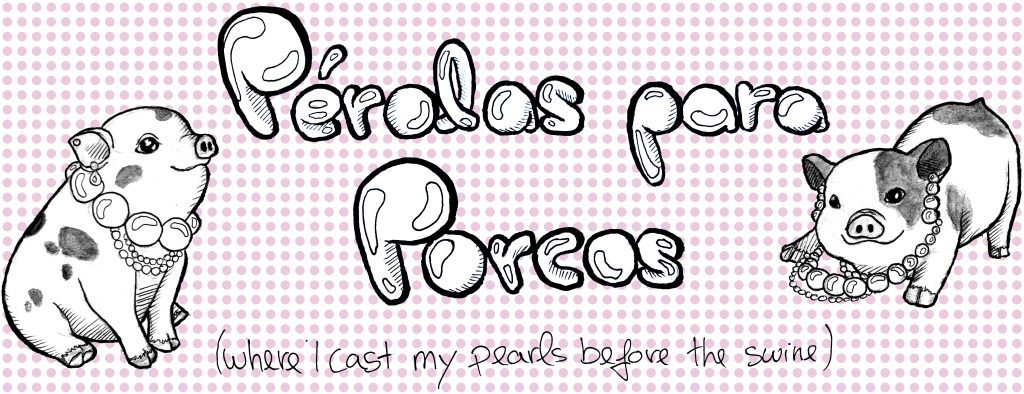DECENTRALIZED PROTAGONISM


Another element shared by both these directors is the perspective in which they tell their stories and the protagonists they choose to give the spotlight to. In Seara Cardoso‘s TV shows, at times it’s even hard to find a specific protagonist. With the exception of the title “Gaspar’s Friends”, Gaspar is not really given any more air time than his friends and neighbors. The same happens with the birds that live in the “Patafúrdios’ Tree” or the townspeople in the village of “Out of the Ark”. This highlights the importance of camaraderie and creates many opportunities for characters with different points of view to come to terms with each other, prioritizing a sense of community awareness instead of self-centered individualism in one character’s perspective.


In Abi Feijó‘s case, besides consistently using nameless characters, this ambiguity is also found in couple of his films. In both “Time of Darkness” and “Portuguese Fado”, since both films are poetic documentaries about Portuguese history, I would say “Portugal” is the protagonist. In the first, through the illustrator Abel Manta’s perspective of the dictatorship, and the second, through Feijó’s own critical perspective of Portuguese history. Even though in both the “Outlaws” and the “Stowaway” there is an evident protagonist, I would argue that there is a clear interest from Abi Feijó in authors that choose to give a less commonly seen spotlight. In the “Outlaws”, inspired by a tale from Jorge de Sena (“Os Grão-capitães” 1976), the driver who is introduced as a secondary character, soon becomes the narrator of the film and creates a sudden shift in the perspective of the story being told about a group of refugees from the Spanish Civil War. Whereas in “Stowaway”, inspired by a tale written by José Rodrigues Miguéis (“O natal do clandestino” 1957) we follow a character without a name, an origin nor a destination finding refuge in a foreign land
AUTHORITY FIGURE


In contrast to this, we can also find in their work authority figure characters, clearly reminiscent of the Portuguese authoritarian past. In Feijó‘s work, these characters exude an intimidating fear and seem to abuse their power and privilege. It can be seen more evidently in the “Outlaws” with the characters of the “Old Engineer” and the “Inspector”, as well as the many different representations of PIDE agents and state officials in “Time of Darkness”. Interestingly, the “Coast Guard” in “Stowaway” is introduced as an authority figure through the fears of the protagonist, ending up compassionately helping him on a Christmas Eve.


In Seara Cardoso‘s case, these authority figures play an equally important role on his shows, but have a much more humorous sentiment to them and overall, their power and close-minded views tend to be questioned and refuted by the rest of the characters. The ones that stand out the most are “Guard Serôdio” from “Gaspar’s Friends”, who comes up with a new rule every episode to interfere with the characters’ plans, and also the “Great Chief” from “Out of the Ark” who constantly tries to find ways to either exploit his villagers or to attack the neighboring barbarians. Despite of that, these characters are never really vilified or ostracized, finding a way to compromise and remaining a fundamental part of respective communities.
